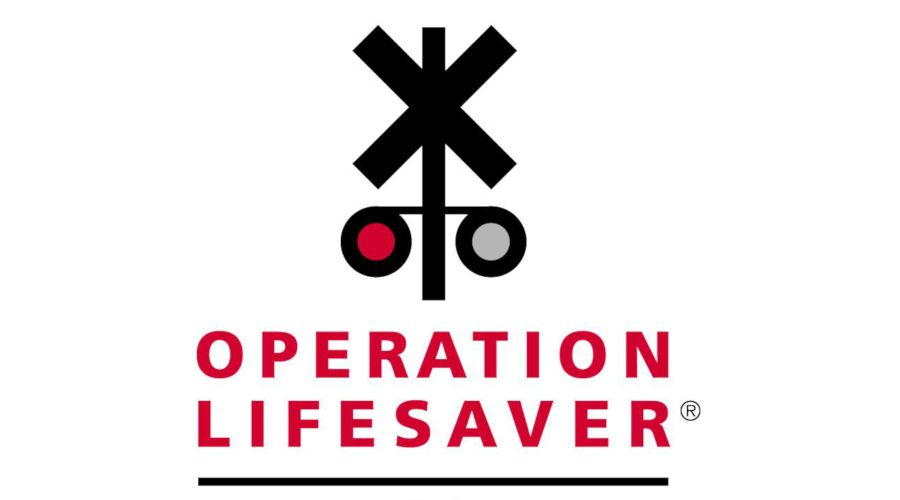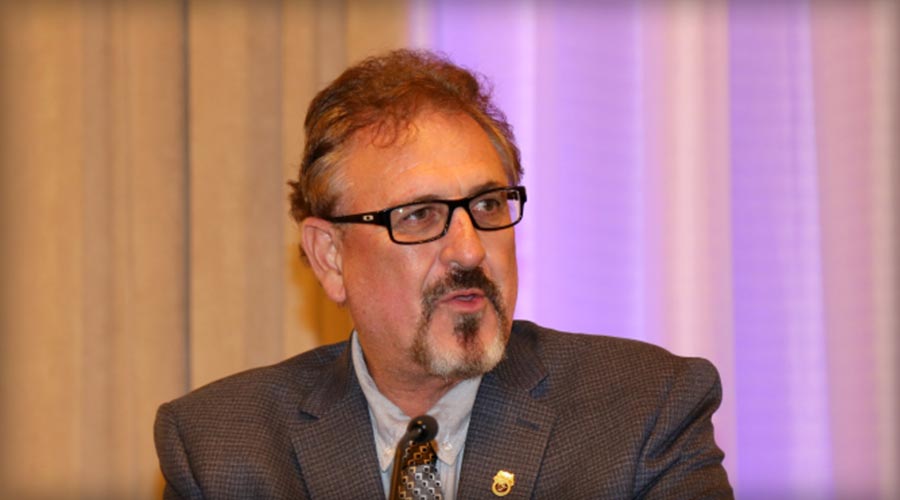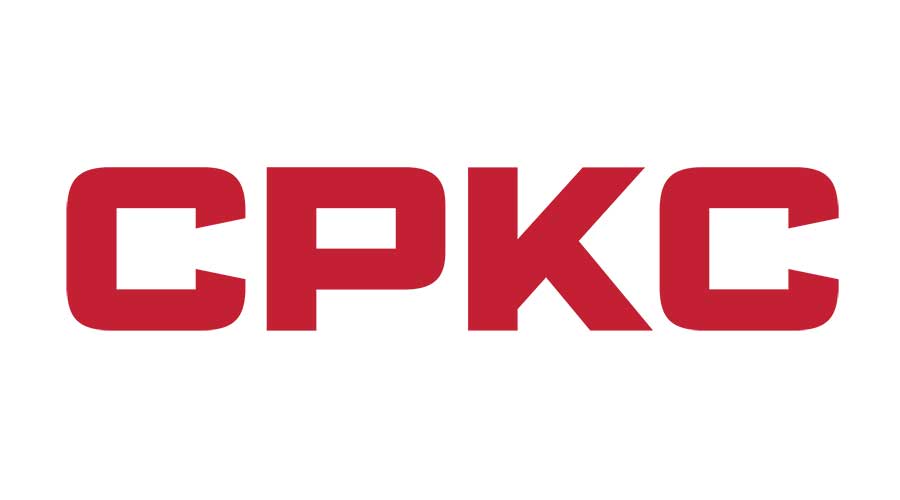Stay updated on news, articles and information for the rail industry
12/2/2015
Rail News: Federal Legislation & Regulation
FAST Act strengthens rail safety, includes rail title for Amtrak
A congressional conference committee yesterday completed work on a five-year surface transportation bill that would strengthen tank-car safety standards, increase funding for transit and create a rail title that authorizes funding for Amtrak and intercity passenger-rail grants.
The Fixing America's Surface Transportation (FAST) Act (H.R. 22) would fully fund a five-year $281 billion authorization for public transportation and highway programs.
"A safe, efficient surface transportation network is fundamentally necessary to our quality of life and our economy, and this conference report provides long-term certainty for states and local governments, and good reforms and improvements to the programs that sustain our roads, bridges, transit, and passenger rail system," committee leaders said in a prepared statement issued by U.S. Rep. Bill Shuster (R-Pa.), who chaired the conference committee.
Current federal surface transportation authorization expires Friday, so a short-term extension may be required to give the House and Senate time to approve the final bill.
Although rail industry representatives were still poring over the bill's details as of late yesterday, they commended the committee for reaching an agreement on what would be the first multi-year surface transportation bill in a decade.
"As the first long-term surface transportation bill in 10 years, the significance of this legislation cannot be overstated," said American Public Transportation Association (APTA) President and Chief Executive Officer Michael Melaniphy. "A well-funded, long-term surface transportation authorization is critical to the economic competitiveness and prosperity of our nation's communities."
The bill authorizes $61.1 billion over five years for public transportation, according to APTA. Overall, transit funding would increase by more than 10 percent in one year and by almost 18 percent over the five-year bill.
Additionally, the bill would provide $199 million in one-time funding for commuter railroads to implement positive train control technology, according to APTA. Also, the bill authorizes a total of $200 million, rising to $650 million in 2020, for three separate rail infrastructure programs.
Association of American Railroads (AAR) President and CEO Ed Hamberger praised the bill for strengthening tank-car standards. The bill features provisions that would increase thermal blanket protection for tank cars and restrictions on the use of older DOT-111 tank cars that move flammable liquids.
The bill also includes a requirement for top fittings protection on tank car retrofits, which addressed what the rail industry said was a shortcoming in the Pipeline and Hazardous Materials Safety Administration's (PHMSA) tank car rule enacted in May.
"The AAR's position has always been that the tank car rule was a good start, but didn't advance safety as much as it could," Hamberger said in a press release.
AAR also welcomed a measure that streamlines the environmental permitting process for rail infrastructure projects based on previously enacted reforms for highway and transit projects. The reforms are designed to increase capacity, improve safety, hire new employees and provide more efficient service, Hamberger said.
Other railroad elements in the bill include:
• Amtrak funding under a new Northeast Corridor account and a separate National Network program, with total funding for both programs set at $1.45 billion in 2016, rising to $1.8 billion by 2020. Also, competitors would be allowed to operate up to three Amtrak long-distance lines if they could do so at less cost to taxpayers.
• the creation of private-sector opportunities to invest in passenger-rail stations and right-of-way development;
• passenger and commuter-rail safety, track and bridge safety measures;
• reforms to the Railroad Rehabilitation and Improvement Financing (RRIF) loan program;
• a consolidation of rail grant programs for passenger, freight and other rail activities; and
• the creation of a federal-state partnership for a state-of-good repair grant program.


 2025 MOW Spending Report: Passenger-rail programs
2025 MOW Spending Report: Passenger-rail programs
 Gardner steps down as Amtrak CEO
Gardner steps down as Amtrak CEO
 Guest comment: Oliver Wyman’s David Hunt
Guest comment: Oliver Wyman’s David Hunt
 Women of Influence in Rail eBook
Women of Influence in Rail eBook
 railPrime
railPrime







